April 24, 2018
Breast Cancer, Mastectomy + Reconstruction


Breast cancer is the most common major cancer in women, and it is currently estimated that one in nine American women will develop breast cancer. Fortunately, early detection and treatment is improving the survival from this disease.
Clearly, a woman's breasts are one of the most basic symbols of her femininity and the loss of a breast, through cancer, can have a devastating impact on her emotional stability and social confidence. Not only does she have to confront the specter of cancer, but she must also often deal with the constant physical deformity of a mastectomy - a constant reminder of the disease and a significant psychological and social burden. It is not surprising, then, that many women seek and even demand breast reconstruction in order to restore their sense of "wholeness" or to "feel feminine again." That demand has encouraged the development of ever better techniques for breast reconstruction.
Breast reconstruction involves essentially two general means. First is the use of tissue expanders and implants. In the first operation (about one and a-half hours) a tissue expander is placed under the chest muscles. Over the next several weeks the expander is gradually filled with salt water until the desired size is achieved. The expander can then be exchanged for a more anatomically shaped implant in a second (about one hour) operation.
The second general means of reconstruction, uses the patient's own tissue to rebuild the breast. Skin, fat and some muscle is obtained from the back, abdomen or buttock, and is transferred to the breast site where it is shaped into a breast mound. This operation takes approximately four to eight hours. Combinations of these techniques may also be employed to achieve the best possible results. A common example is using a muscle/fat/skin flap from the back to add softer coverage to an implant. The nipple can be created later from local skin once the tissues settle into position and the color is achieved by tattooing or skin grafting.
The best time to consider reconstruction is prior to mastectomy, because more options are available then. If desired, the first stage of reconstruction can be accomplished during the same operative setting as the mastectomy. Reconstruction can also be instituted months or years after mastectomy with an expectation of good results. With the various reconstructive options available today, almost everyone who wants it is a candidate for breast reconstruction surgery.
Breast cancer is certainly a frightening illness and should not be faced alone. The best approach is usually a team approach including the patient, the patient's family, primary care physician, general surgeon, oncologist, plastic and reconstructive surgeon, friends, and cancer support groups, such as the Kentucky Cancer Program. Be sure to take as much time as you need to discuss your options with your physician. Most will be happy to discuss them with you or refer you for appropriate consultations.
